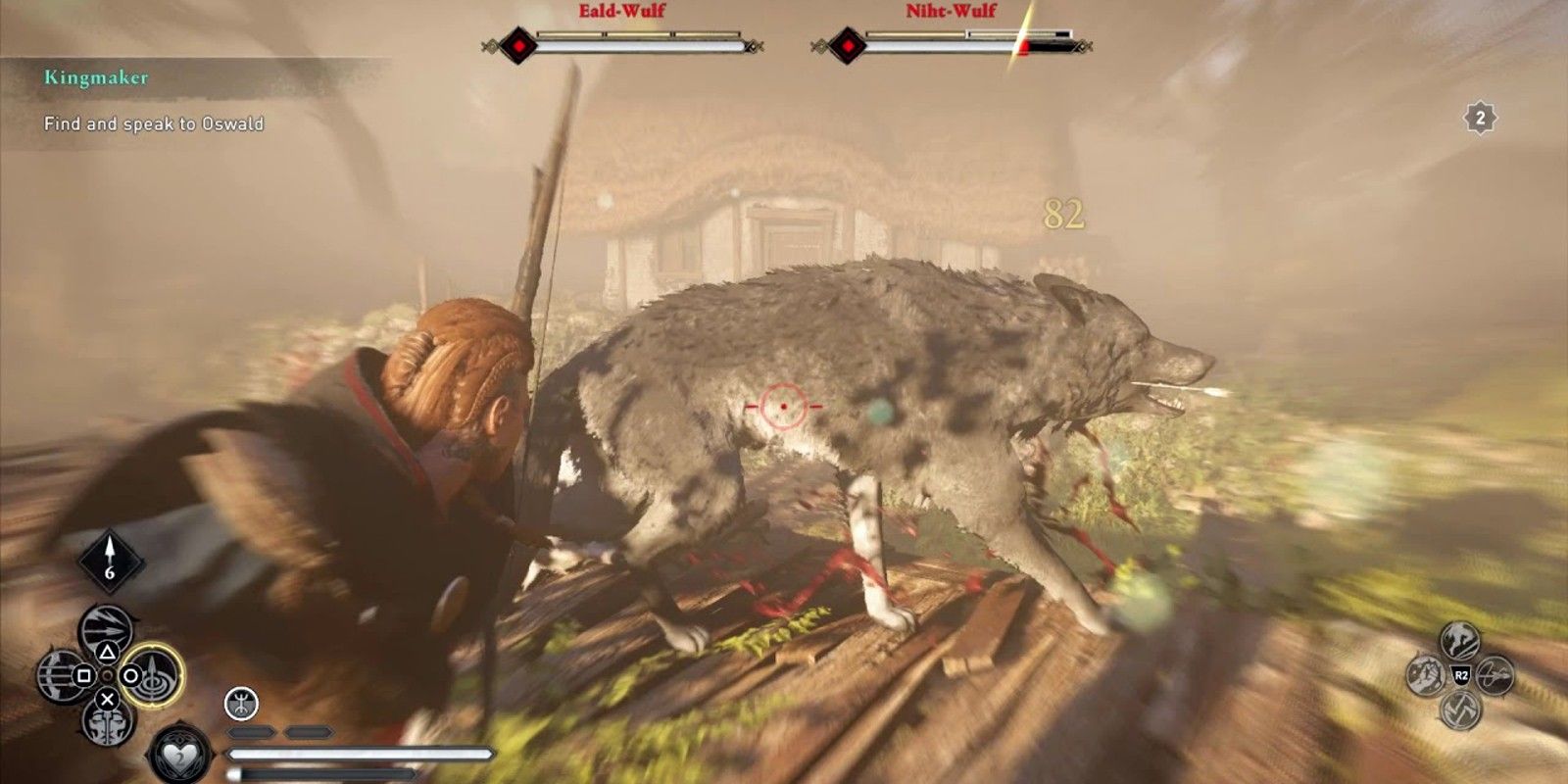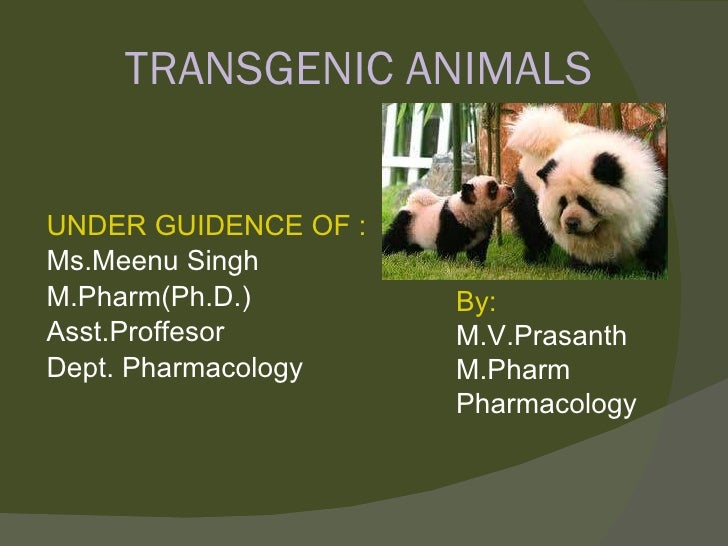Your Arctic tundra animals food web images are available. Arctic tundra animals food web are a topic that is being searched for and liked by netizens now. You can Download the Arctic tundra animals food web files here. Find and Download all royalty-free photos and vectors.
If you’re looking for arctic tundra animals food web images information linked to the arctic tundra animals food web keyword, you have come to the ideal site. Our site frequently gives you suggestions for refferencing the highest quality video and picture content, please kindly surf and locate more informative video articles and images that fit your interests.
Arctic Tundra Animals Food Web. Is where Arctic foxes follow a Polar Bear to where it eats. The second most numerous large mammal in the world after man is the crab-eater seal an archetypal Antarctic animal. This food chain is part of a more complex food web involving producers and consumers herbivores carnivores and omnivores. Show students what an Arctic food web looks like two food web diagrams are included in the Lesson Materials.
 Pin By Mary Carr On Science Teaching Artic Animals Arctic Habitat Arctic Tundra From pinterest.com
Pin By Mary Carr On Science Teaching Artic Animals Arctic Habitat Arctic Tundra From pinterest.com
Every organism in the arctic tundra is interdependent they depend on each other. Start the food web at the sun start the ball of yarn there. Herbivores that eat these plants include the musk ox arctic hare and lemmings. Symbiosis Work on the Arctic Tundra. Food web producers include moss sedge grass shrub and lichen. The increased activity of the tundra food web draws larger vertebrates such as birds and grazing animals.
The tundra biome has three subtypesthe Arctic tundra in the Northern Hemisphere Antarctic tundra in the Southern Hemisphere and the Alpine tundra which occurs at high altitudes in various mountains across the world.
Producers in the arctic are mostly small shrubs and lichen like arctic willow caribou moss and Labrador tea. The second most numerous large mammal in the world after man is the crab-eater seal an archetypal Antarctic animal. Start the food web at the sun start the ball of yarn there. The organisms on the very bottom are the producers who convert sunlight into usable energy through photosynthesis. Arctic tundra animals food web. Ducks and geese arrive and feed on the vegetation.
 Source: pinterest.com
Source: pinterest.com
Food web producers include moss sedge grass shrub and lichen. Symbiosis Work on the Arctic Tundra. A food web in Antarcticas tundra depends primarily on the ocean where tiny phytoplankton feed many organisms year-round. Arctic tundra animals food web. This food chain is part of a more complex food web involving producers and consumers herbivores carnivores and omnivores.
 Source: pinterest.com
Source: pinterest.com
Symbiosis Work on the Arctic Tundra. Powered by Create your own unique website with customizable templates. The organisms on the very bottom are the producers who convert sunlight into usable energy through photosynthesis. Food Chains and Food Webs. The Arctic seal is eaten by the polar bear and eats the Atlantic salmon.
 Source: pinterest.com
Source: pinterest.com
Producers in the arctic are mostly small shrubs and lichen like arctic willow caribou moss and Labrador tea. Herbivores that eat these plants include the musk ox arctic hare and lemmings. Assign an animal or organism to each or a group of students. Ducks and geese arrive and feed on the vegetation. Symbiosis Work on the Arctic Tundra.
 Source: pinterest.com
Source: pinterest.com
It shows the arctic food web activity in tundra region wher. Herbivores that eat these plants include the musk ox arctic hare and lemmings. The tundra biome has three subtypesthe Arctic tundra in the Northern Hemisphere Antarctic tundra in the Southern Hemisphere and the Alpine tundra which occurs at high altitudes in various mountains across the world. It shows the arctic food web activity in tundra region wher. The organisms on the very bottom are the producers who convert sunlight into usable energy through photosynthesis.
 Source: pinterest.com
Source: pinterest.com
Food Chains and Food Webs. Ducks and geese arrive and feed on the vegetation. A key part of the Antarctic food web are krill small shrimp-like crustaceans that the great majority of Antarctic animals seal whales penguins and other birds fish etc. Assign an animal or organism to each or a group of students. The Arctic hare eats the Arctic willow which is also eaten by the Lemming.
 Source: pinterest.com
Source: pinterest.com
Krill are the major primary consumers but some fish and tiny sea. Show students what an Arctic food web looks like two food web diagrams are included in the Lesson Materials. It shows the arctic food web activity in tundra region wher. Extinct animals and Adaptions to Survive. This arctic ecosystem lecture explains about the arctic food chain and arctic food chain animals.
 Source: pinterest.com
Source: pinterest.com
Producers in the arctic are mostly small shrubs and lichen like arctic willow caribou moss and Labrador tea. A food web in Antarcticas tundra depends primarily on the ocean where tiny phytoplankton feed many organisms year-round. Show students what an Arctic food web looks like two food web diagrams are included in the Lesson Materials. This arctic ecosystem lecture explains about the arctic food chain and arctic food chain animals. Extinct animals and Adaptions to Survive.
 Source: ar.pinterest.com
Source: ar.pinterest.com
Herbivores that eat these plants include the musk ox arctic hare and lemmings. Once the Caribou is done hunting the Arctic fox goes back to the hole and digs deeper and gets its food. The Arctic hare eats the Arctic willow which is also eaten by the Lemming. This arctic ecosystem lecture explains about the arctic food chain and arctic food chain animals. The caribou digs a slightly deep hole in the snow covered ground in a quest to find food.
 Source: pinterest.com
Source: pinterest.com
Assign an animal or organism to each or a group of students. Krill are the major primary consumers but some fish and tiny sea. Arctic wolves arctic foxes and snowy owls are at the top of the food web as secondary consumers because they consume the primary consumers. Symbiosis Work on the Arctic Tundra. Herbivores that eat these plants include the musk ox arctic hare and lemmings.
 Source: pinterest.com
Source: pinterest.com
Caribou herds move into grazing grounds. Help the students create the Arctic food web. Ducks and geese arrive and feed on the vegetation. The Arctic tern eats the Atlantic salmon which than eats the krill. Saved by nancy simonton sloma.
 Source: pinterest.com
Source: pinterest.com
A food web in Antarcticas tundra depends primarily on the ocean where tiny phytoplankton feed many organisms year-round. A food web in Antarcticas tundra depends primarily on the ocean where tiny phytoplankton feed many organisms year-round. The Arctic seal is eaten by the polar bear and eats the Atlantic salmon. Show students photos of Arctic animals. Arctic wolves arctic foxes and snowy owls are at the top of the food web as secondary consumers because they consume the primary consumers.
 Source: pinterest.com
Source: pinterest.com
Help the students create the Arctic food web. The polar bear eats the Atlantic salmon and so does the arctic seal. The caribou digs a slightly deep hole in the snow covered ground in a quest to find food. This arctic ecosystem lecture explains about the arctic food chain and arctic food chain animals. Krill are the major primary consumers but some fish and tiny sea.
 Source: pinterest.com
Source: pinterest.com
Producers here include grasses lichens and caribou moss. The Ermine also consumes the Lemming. Krill are the major primary consumers but some fish and tiny sea. It shows the arctic food web activity in tundra region wher. The tundra biome has three subtypesthe Arctic tundra in the Northern Hemisphere Antarctic tundra in the Southern Hemisphere and the Alpine tundra which occurs at high altitudes in various mountains across the world.
 Source: pinterest.com
Source: pinterest.com
Start the food web at the sun start the ball of yarn there. It shows the arctic food web activity in tundra region wher. Show students photos of Arctic animals. Help the students create the Arctic food web. Krill are the major primary consumers but some fish and tiny sea.
 Source: pinterest.com
Source: pinterest.com
Food web producers include moss sedge grass shrub and lichen. Food Chains and Food Webs. The organisms on the very bottom are the producers who convert sunlight into usable energy through photosynthesis. Ducks and geese arrive and feed on the vegetation. The Ermine also consumes the Lemming.
 Source: pinterest.com
Source: pinterest.com
The increased activity of the tundra food web draws larger vertebrates such as birds and grazing animals. Arctic wolves arctic foxes and snowy owls are at the top of the food web as secondary consumers because they consume the primary consumers. Each of these have distinct food webs of their own. Producers here include grasses lichens and caribou moss. The caribou digs a slightly deep hole in the snow covered ground in a quest to find food.
 Source: pinterest.com
Source: pinterest.com
Saved by nancy simonton sloma. This food chain is part of a more complex food web involving producers and consumers herbivores carnivores and omnivores. Tundra birds maybe year round residents such as the rock ptarmigan or migratory from southern regions like sandpipers and plovers. The Arctic seal is eaten by the polar bear and eats the Atlantic salmon. Producers here include grasses lichens and caribou moss.
 Source: pinterest.com
Source: pinterest.com
The Arctic tern eats the Atlantic salmon which than eats the krill. The polar bear eats the Atlantic salmon and so does the arctic seal. Whales and polar bears are at the top of the food web in the Arctic. Krill are the major primary consumers but some fish and tiny sea. Food web producers include moss sedge grass shrub and lichen.
This site is an open community for users to do submittion their favorite wallpapers on the internet, all images or pictures in this website are for personal wallpaper use only, it is stricly prohibited to use this wallpaper for commercial purposes, if you are the author and find this image is shared without your permission, please kindly raise a DMCA report to Us.
If you find this site value, please support us by sharing this posts to your preference social media accounts like Facebook, Instagram and so on or you can also bookmark this blog page with the title arctic tundra animals food web by using Ctrl + D for devices a laptop with a Windows operating system or Command + D for laptops with an Apple operating system. If you use a smartphone, you can also use the drawer menu of the browser you are using. Whether it’s a Windows, Mac, iOS or Android operating system, you will still be able to bookmark this website.






